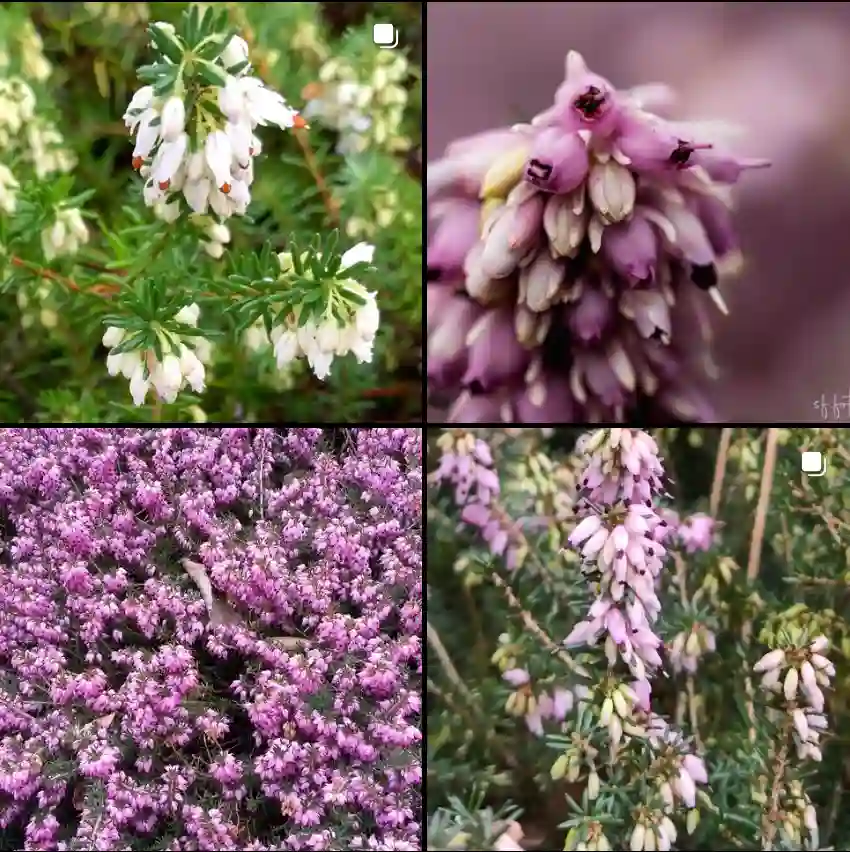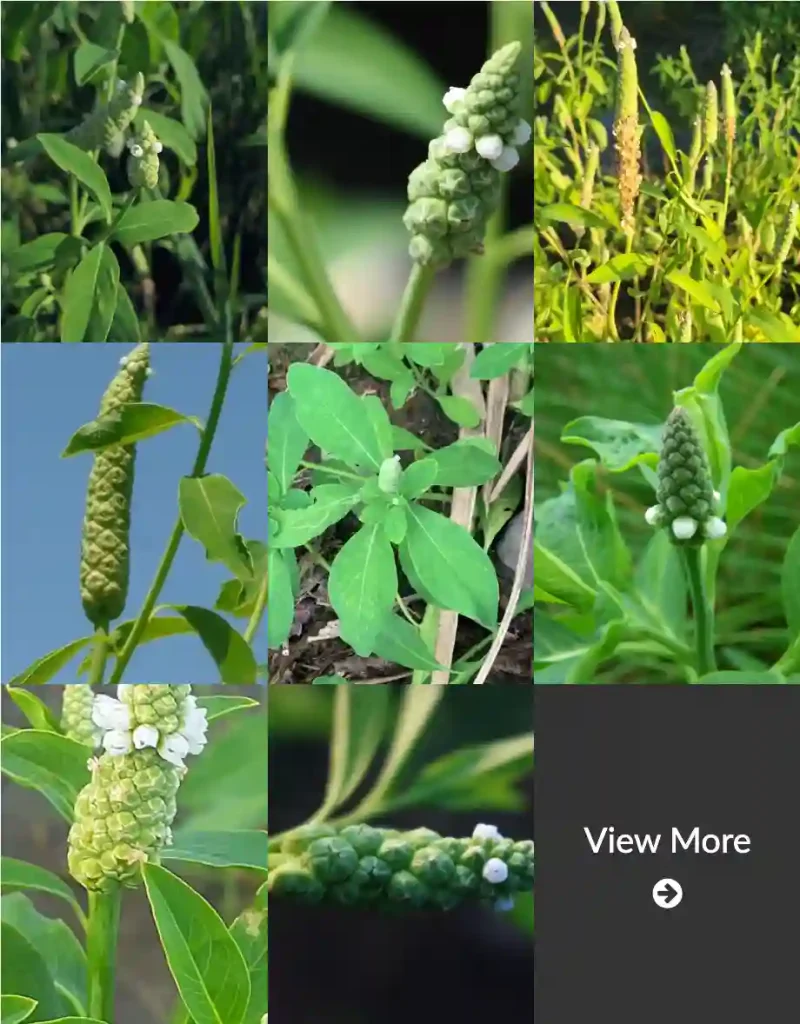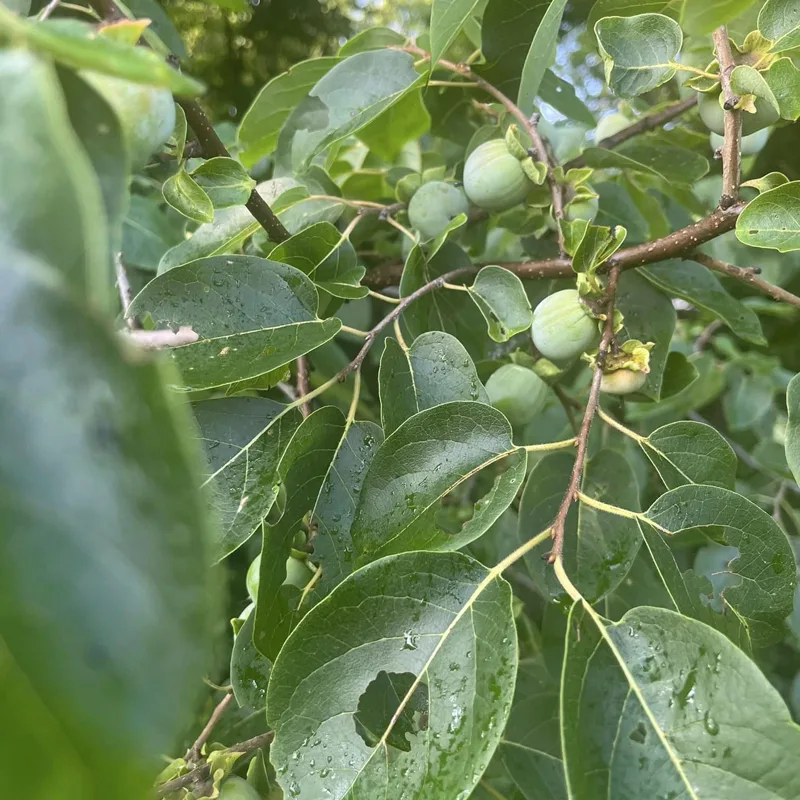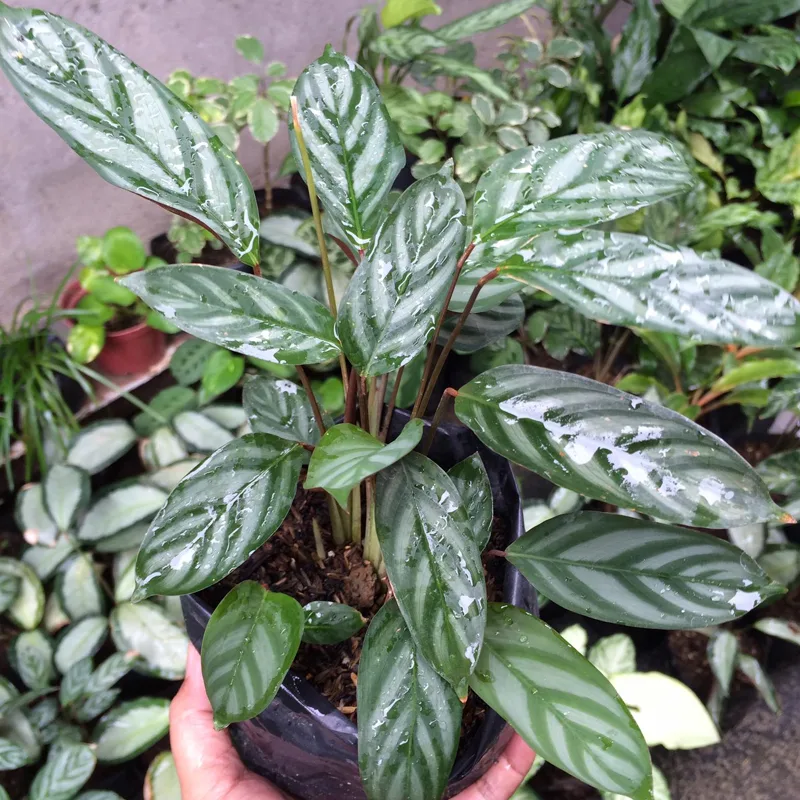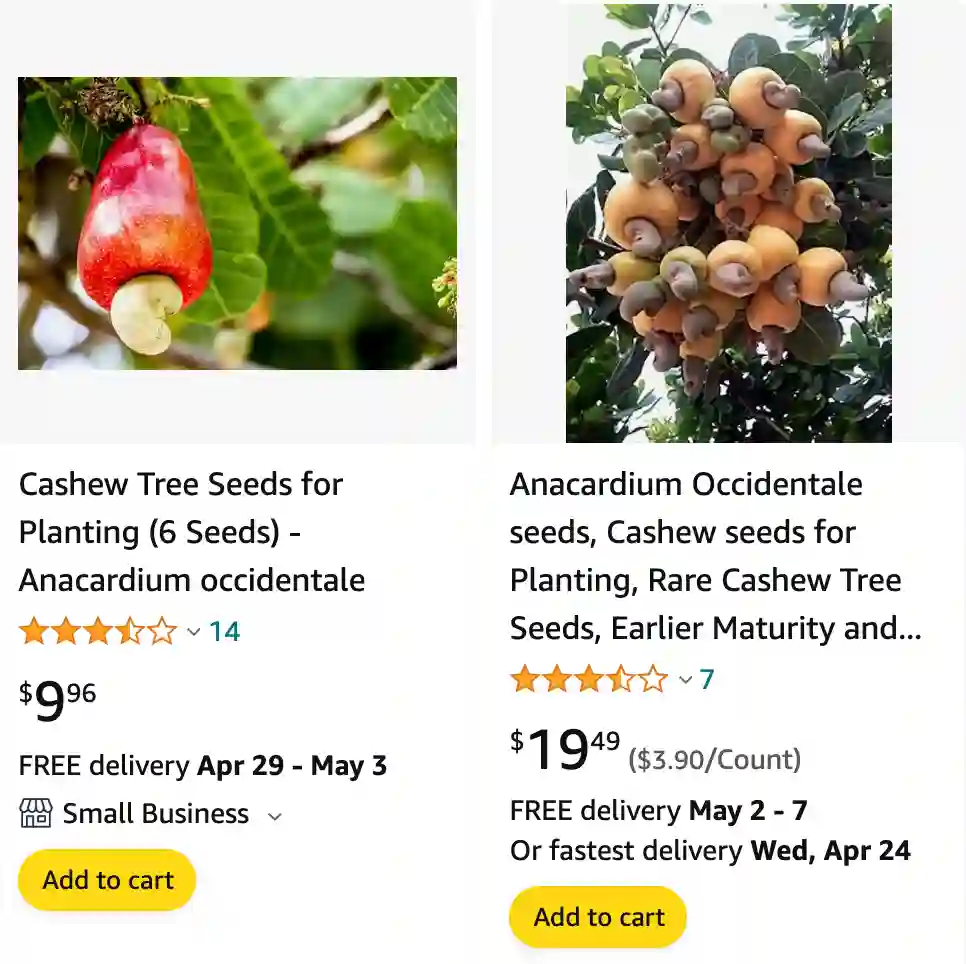
What is a cashew?
This has always fascinated me! You wouldn’t guess by looking at them, but cashews are actually seeds with a really strange growing process. They grow attached to the bottom of these bright, juicy fruits called cashew apples. Inside the kidney-shaped shell of the cashew seed is the delicious nut we all know and love. It’s kind of amazing that these tasty little snacks have such a complicated origin story – makes me appreciate them a whole lot more!
Are cashew nuts good?
Yes, cashew nuts are absolutely delicious! They have a buttery flavor that’s rich and satisfying. I love them on their own as a snack, but they also add a delightful crunch to salads or stir-fries. They can even be blended into a creamy cashew cheese for dips or pasta sauce. There’s just something about the texture of cashews that makes them addictive. However, I do have to watch myself because they’re easy to overindulge in since they’re so flavorful!
Can you eat cashew fruit?
I’ve never actually tried raw cashew fruit, believe it or not! I hear it’s a common snack in places where cashews are grown, but it’s a lot more difficult to find elsewhere. They’re apparently quite juicy and a bit tangier than I’d expect from the nut itself. I’d love to try it someday though! It seems kind of strange that the nut is the part we eat and the fruit is often discarded – it makes you think about how many other delicious things we might be missing out on.
What does cashew fruit taste like?
Unfortunately, I’ve never had the opportunity to try a fresh cashew fruit! They’re apparently quite difficult to find outside of regions where cashews grow, which is a bummer because I’ve heard they’re delicious. People describe the flavor as tropical and a bit tangy – a mix between a mango, bell pepper, and a hint of cucumber. It sounds juicy and refreshing. I’m really hoping to find one someday so I can experience that unique taste for myself!
How to make cashew butter?
I love making my own cashew butter – it’s so much more flavorful than anything store-bought! It’s super easy, but there are a few tricks I’ve learned. First, toasting the cashews really enhances the nutty flavor. Then, you’ll need a powerful food processor – it can take a while to grind them down. It goes from powdery to clumpy and then finally turns into a smooth paste. Sometimes I add a pinch of salt or a touch of maple syrup to make it really special. Patience is definitely key with this!
How to make cashew milk?
Making cashew milk was a real revelation for me! It’s a fantastic dairy alternative that’s so easy and surprisingly creamy. I always soak my cashews overnight – I find it makes the finished milk a lot smoother. Then, it’s as simple as blending them with water. You can always customize it with a bit of vanilla extract, a pinch of salt, or a drizzle of honey for sweetness. The cool thing is you don’t have to strain it like other nut milks, which makes it a total time-saver. I use it in my coffee, smoothies, and even for baking tasty treats!
Can dog eat cashew?
I wouldn’t recommend giving my dog cashews. While they aren’t toxic like some other nuts, they’re certainly not ideal for dogs. They’re full of fat, which can upset a dog’s stomach, and the high salt content in some varieties could be problematic. Plus, they can be a choking hazard. I prefer to give my pup special dog-friendly treats instead. I don’t want to risk making her sick, and she gets just as excited about her own snacks as she would about a cashew anyway!
How to make cashew cream?
Cashew cream is my secret weapon for adding richness to all sorts of dishes! The best part is that it’s so versatile. For a basic recipe, I soak raw cashews in hot water to soften them, then blend them with water, a squeeze of lemon juice, and a bit of salt until completely smooth. From there, I can flavor it depending on what I’m using it for. A bit of nutritional yeast and garlic makes a savory base for pasta sauce, while maple syrup, vanilla, and cinnamon make a delicious sweet treat. It’s my go-to for adding dairy-free creaminess!
How does a cashew grow?
Honestly, I always assumed cashews grew a lot like other nuts, but they have the weirdest growth pattern! They start out attached to the bottom of a fruit called a cashew apple, which looks a bit like a wonky pear or pepper. The cashew “nut” is actually a seed, housed in a shell that hangs beneath the fruit. It’s really bizarre and definitely not what I pictured. Apparently they have to be harvested carefully because of a caustic liquid within the shell of the raw nut! It makes me wonder what other natural surprises are out there.
Are cashew keto?
While I love cashews, they aren’t the most keto-friendly snack out there. They have a higher carb count than some other nuts like almonds or macadamia nuts. If I’m following a strict keto plan, I might avoid them altogether or eat them only in very small quantities. Sometimes, if I’m really craving cashews, I might indulge in a few but then be extra diligent with my other food choices for the rest of the day. It’s all about finding a balance that works for me and my goals!
Is cashew a legume?
It’s easy to mistake cashews for legumes – I definitely did before I learned more about them! But they’re actually seeds that grow on cashew apple trees. Legumes, like beans or lentils, grow in pods. Even though cashews are often included in the same category as other nuts, they’re definitely unique. It just goes to show that nature has some pretty wild and unpredictable ways of creating our favorite snacks!
Does cashew nut cause acne?
From my experience, cashews haven’t caused me any acne trouble. There’s actually some debate around whether foods directly cause acne or if it’s more complex than that. For me, keeping a well-balanced diet, hydrating, and keeping my skin clean seem to have the biggest impact on avoiding breakouts. Some people might have individual sensitivities, but for the most part, I wouldn’t worry too much about cashews causing acne and continue to enjoy them in moderation!
Does cashew nut cause pimples?
I haven’t personally noticed cashews causing pimples for me. There doesn’t seem to be a lot of scientific evidence supporting the idea that cashews directly cause pimples. Acne is often influenced by a combination of factors like hormones, genetics, and skin care. While some people might have individual sensitivities, I think it’s unlikely that cashews are a major culprit when it comes to pimples. I’d focus more on keeping my skin clean and sticking to a healthy, balanced diet.
Cashew vs Almond
Cashews, to me, are the epitome of creamy indulgence. Their soft, buttery texture melts in your mouth, leaving a sweet and rich aftertaste. Unlike almonds, which can be a bit tough and gritty, cashews offer a smooth, almost decadent experience. I love them roasted with a sprinkle of salt, but they truly shine when transformed into creamy cashew butter.
Cashew vs Peanut
While peanuts technically belong to the legume family, I’ve always grouped them with nuts. Compared to cashews, peanuts have a bolder, earthier flavor. They’re crunchy and satisfying, but lack the richness and smoothness of cashews. I enjoy peanuts in peanut butter, but for a snack, I’ll usually reach for cashews.
Cashew vs Walnut
Walnuts are a completely different story. Their texture is firm and their flavor is robust, with a hint of bitterness. They offer a complex taste profile that cashews simply can’t match. I appreciate walnuts for their nutritional value and their ability to add depth to dishes, but when it comes to a simple snack, I prefer the gentle sweetness of cashews.
If i die, water my plants!
